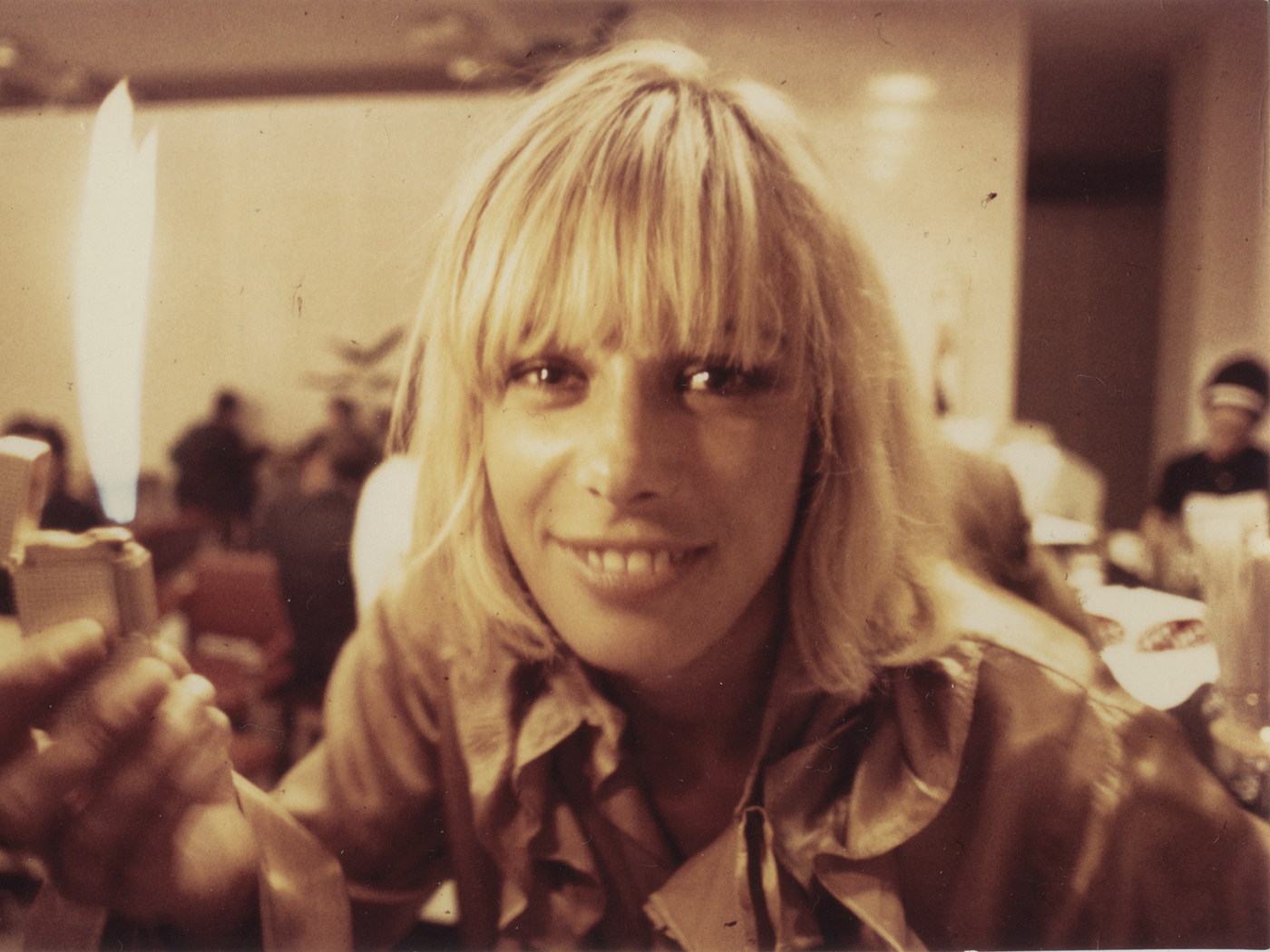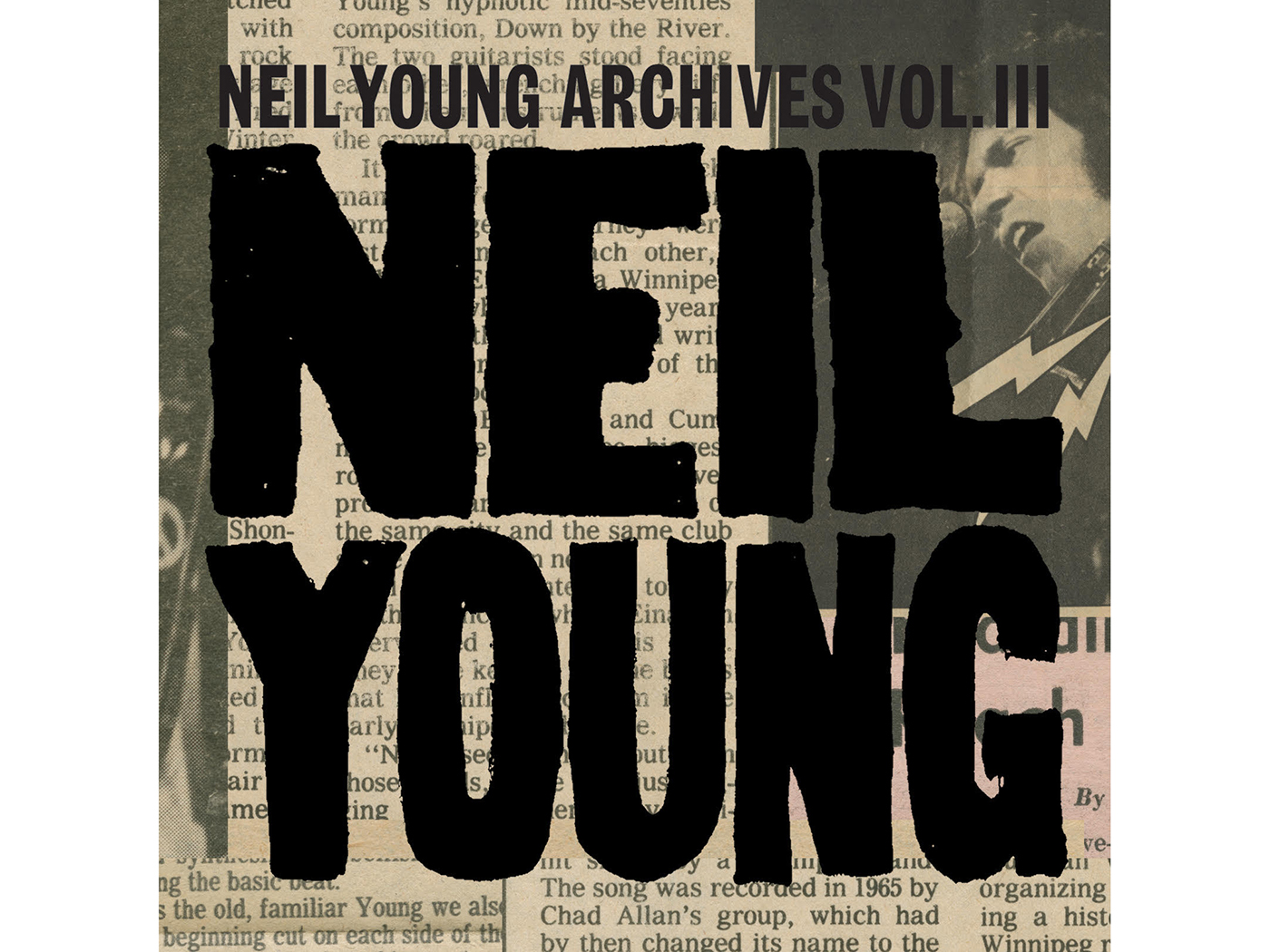
In an interview with The Observer in 2008, Anita Pallenberg explained why, despite many offers, she would never write an autobiography: “The publishers want to hear only about the Stones and more dirt on Mick Jagger and I’m just not interested.”
JONI MITCHELL IS ON THE COVER OF THE NEW UNCUT – ORDER YOUR COPY HERE!
Pallenberg, however, learned early the value of never giving away her whole truth – her exact date and place of birth long lay unresolved, with both 1942 and 1944, Rome and Hamburg, being suggested; perhaps a deliberate blur from a child born into a haughty German-Italian family when those nations were on the wrong side of history – and, as it happens, by the time she revealed why she’d never contemplate writing a memoir, she had already started doing just that.
After her death in 2017, the unpublished, unfinished manuscript was discovered by Marlon, her son with Keith Richards. Among the other things he found was a cache of home movies shot during her years with Keith in the 1960s and 70s, at home and on the run from Peru to Switzerland, London to Villefranche-sur-Mer; fragile, poignant, mundane, stunning Super-8 moments from a life lived at the eye of a hurricane.
Entrusted to co-directors Alexis Bloom and Svetlana Zill, that phantom book and precious footage form the heart of Catching Fire, a vital, definitive portrait of Pallenberg. Tender, tragic, tawdry and triumphant, the documentary is a bruised family affair: Marlon and his sister Angela are the most moving and bemused on-screen interviewees, while their brother Tara, who died at 10 weeks old, becomes a crucial presence. Keith himself gives a fascinating off-camera interview, heartfelt and shrugging, sometimes cutting, always entranced. Anita’s soul-sister Marianne Faithfull is heard, too, and perhaps has the clearest memory of all.
“I’ve been called a witch, a slut, a murderer,” Pallenberg says as the film begins, setting the pace. Except, Pallenberg doesn’t say it: her words are read by Scarlett Johansson. For anyone familiar with Pallenberg’s distinctive Euro tones, this may seem jarring, but Johansson does a superb job, inhabiting not imitating Pallenberg’s voice. As clips from Barbarella remind us, a tradition is being continued: back then, Pallenberg’s Black Queen was voiced by Joan Greenwood. Still it’s Anita – eyes, smile, attitude – you remember.
The film takes us close, yet secrets remain. Early years whip by – childhood, Rome, nuns in Germany, and then she’s in New York with Warhol’s crowd – and you’re so struck by the smile beaming from photographs you forget to wonder: how exactly did this happen?
Modelling took her to Munich in 1965, where she saw the Stones and life pivoted. Heading backstage armed with hashish, friends dared her to kidnap a Stone. Brian Jones, her “doppleganger” went willingly. The story is familiar: Brian, beatings, then Keith, then Mick and Performance, the movie of blurring personae and claustrophobic coincidence and drugs and sex and violence and hiding and escape, the metaphorical, prophetic biography of them all.
But it has never been told like this. The famous photographs of the Stones and entourage creating Exile On Main Street at Villa Nellcote will always look like music’s most elegantly wasted decadent idyll. Here you see how dingy it was. As the heroin takes grip, it gets darker and dingier.
Shifting the perspective to the women and children living the sometimes seedy realities of the Rolling Stones, this is the rock’n’roll equivalent to Carolyn Cassady’s memoir Off The Road, about life with husband Neal and Jack Kerouac and the painful, dull, sexist yet beautiful reality behind the Beat boys’ myth. Both underline how reactionary our revolutionaries are: Keith offered to pay Pallenberg to stop acting and stay home.
The Stones always overshadowed her life. But it’s in keeping with Pallenberg’s contradictions that this film, which sets her apart and shines a light on the woman like never before, is one of the great Stones documentaries. Catching Fire both embraces yet erases the much-despised concept of “the muse,” to posit Pallenberg as a crucial part of the group’s DNA. Laying out how she affected their look, outlook, and sound, the film makes clear that the Stones would not have been the same without her, and raises a question: what could she have been if it hadn’t been for the Stones?







